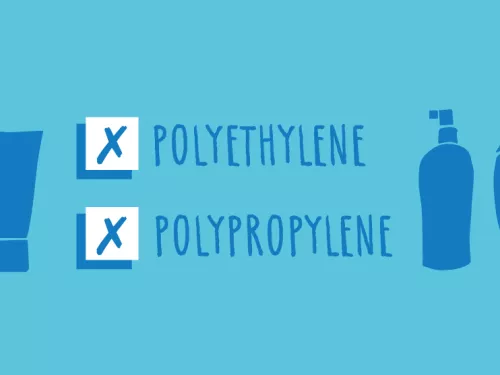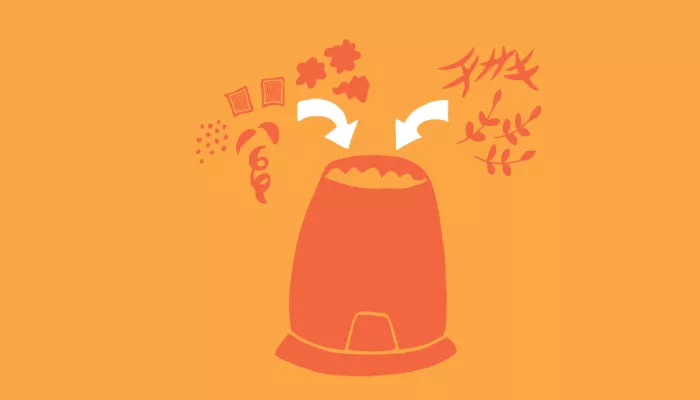
Watch what you wash away
Some cosmetics, soaps, washing-up liquids and cleaning products can be harmful to wildlife with long-lasting effects.

Instead of sending your green waste to landfill, create your own compost.
The benefits of composting your garden and kitchen waste are two-fold. You’re reducing the amount of waste sent to landfill and providing a habitat for a range of minibeasts. The community of minibeasts who live among the waste help the decaying process, and in turn, these beasts are a delicious food source for hedgehogs and other animals.
All you need for a successful compost heap is waste, air and water!
In addition to saving you money, using your own compost will increase the organic content in your soil. Think of your home-made compost as a soil improver – meaning you should mix it well with your existing soil or bought compost. This will boost fertility and help plants to build up resistance to disease and insect attack, thus reducing the need to use chemical controls. Using your compost will also improve the structure and health of your soil, increasing its water retention and nutrient content. Healthy soil feeds the micro organisms that are responsible for digesting the organic matter in the first place, as well as keeping the worms happy!
All you need for a successful compost heap is waste, air and water! A simple heap covered with old carpet or plastic is just as effective as a 'bin'. The only advantage of a container is they look tidier and can be easier to manage. Try to pick a shady spot to keep things moist, and water any dry ingredients you may be adding.
Cooked food, coal and coke ash, meat and fish, bones, cat litter, dog poo, disposable nappies or human poo, glossy paper, weeds, woody stems, or diseased plants.
Be careful when you turn or fork your compost, especially in winter, as there may be animals hiding or hibernating in there – everything from smooth newts to hedgehogs!


Some cosmetics, soaps, washing-up liquids and cleaning products can be harmful to wildlife with long-lasting effects.

Bringing a piece of your holiday home is a great way of keeping the memories alive – just make sure it’s wildlife-friendly!

Sending letters 'to the Editor' of local newspapers is another great way to speak up for wildife.